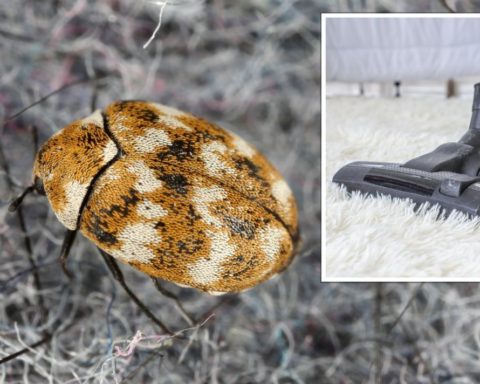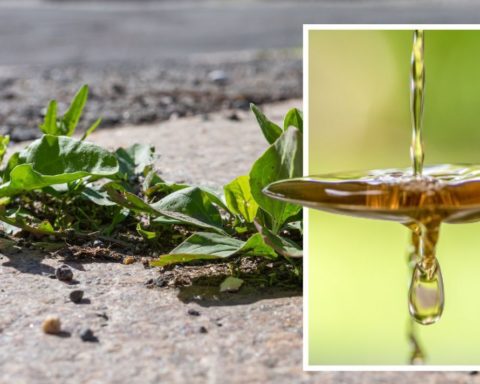Ticks are parasitic bugs that seek out warm-blooded hosts, making both you and your pet a prime target. These small spider-like creatures will latch onto the surface of human or animal skin using their mouths, and remain there until physically removed. Getting rid of a tick from your own skin is crucial to avoid the risk of an infection, or even contracting Lyme disease - so what’s the safest way to do it?
How to remove a tick from a human
Not all ticks in England carry the bacteria that causes Lyme disease, but it is still important to take action if you find yourself faced with a tick on your skin.
You can remove these small arthropod creatures easily at home, though there are a few key tools you will need to safely lift the bug away from your body.
According to Monkia Wassermann, medical doctor at oliolusso.com, the “safest way” to get rid of a tick is to use tweezers.
READ MORE: Peter Kay: Comic’s ‘first hand experience’ of ‘complex’ disease
She told Express.co.uk: “When you use tweezers, you lessen the risk of complications and infections.”
To get started, you will need to sterilise a pair of fine-tipped tweezers using salt and boiling water.
Have a clean paper towel and a pair of gloves on hand to avoid the spread of bacteria while removing the bug.
Rather than simply tweezing the entire body of the tick off your skin, leading bite prevention expert and governmental advisor, Howard Carter, stressed the importance of being very careful where you try to grasp the tick.
Try to lift the tick out of your skin without twisting it, and carefully lay it on the paper towel.
Dispose of the bug and towel properly to prevent the tick from returning.
Bathe the bitten area of your skin using warm water and fragrance-free body soap to avoid further irritation.
While tweezers are the most accessible item to use to lift ticks from human skin, there are special ‘tick removal tools’ which can be purchased.
If you’re struggling to remove this unpleasant bug, Dr Stuart Sanders, GP at the London General Practice recommended applying heat or a flame directly onto the tick as this can “make it release its hold on the host”.
You should take care not to burn the skin if you do use this method.
Where do ticks come from?
After hatching from the eggs, ticks must eat blood at every stage of their life-cycle to survive.
According to the Centre for Disease Control and Prevention (CDC), many ticks will die before their complete life cycle if they fail to find a host for their next feeding.
Speaking to Express.co.uk, Paul Blackhurst, head of Technical Academy at Rentokil explained that ticks are usually picked up by humans while walking in “infected areas” outdoors, particularly if there is long grass and vegetation.
These small bugs can transmit pathogens and cause diseases through the process of feeding on ‘the host’.
The CDC said: “Depending on the tick species and its stage of life, preparing to feed can take from 10 minutes to two hours.
“When the tick finds a feeding spot, it grasps the skin and cuts into the surface.”


